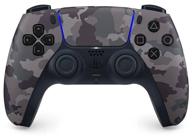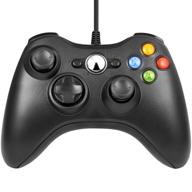
Review on Logitech K380 Multi-Device Wireless Keyboard white, english by Mateusz Dbkowski ᠌

The best thing for the money, I'm glad I chose this option.
Attempts were made to use it on Linux, Windows, and MacOS, as well as iOS and Android. The system does not have any issues functioning in any of the environments. I was interested in purchasing a wireless small keyboard for a number of reasons, including the following: - I wanted to accomplish the bulk of my work on my desktop computer running Linux, and I wanted to take notes using my preferred program on my iPad, going back and forth between the two devices. I decided not to pursue this notion. The slowness that occurred when moving between devices was frustrating, as was the have to remember the hotkeys for both of the operating systems that were being used simultaneously. Commonly misunderstood. After becoming used to the keyboards on my laptop, the desktop keyboards started to feel overwhelming to me, particularly the number blocks. I wanted to be able to sit correctly in an office chair, with my back in an upright position. At this point, the keyboard is perched on the rim of the table, and the elbows are resting on the armrests of the chair. Located to the right of the keyboard is a wireless mouse. Because to its diminutive size, the user's hands are able to remain in the same region of space at all times. This eliminates the need to reach for remote controls and move one's elbows behind the mouse. It was possible to settle in properly on a chair rather than half-lying down on the floor. The absence of wires has resulted in a clean and uncluttered appearance on the desktop. It's true that I needed to purchase additional wireless headphones. In general, I was able to accomplish what I set out to do, which was to have a desk that was free of wires, a chair that was the perfect fit for me, a monitor that was the ideal distance from my eyes, and work that was comfortable. Because of this, the back and neck do not become fatigued by the conclusion of the working day, despite the fact that they frequently suffer at the beginning.
- I use it on a machine that runs Linux, and there are no lags or any performance issues at all. - Keystrokes that are both clear and enjoyable, as well as stable on the table. However, it took a few days for me to get acclimated to the contour of their bodies. - Cooperate with a number of different devices.
- There is not a distinct key for printing the screen. You have to simultaneously press four keys in order to take a screenshot of a portion of the screen and then quickly copy it to the clipboard. To do this, you will need to press [Print Screen] + [Win] + [Print Screen] + [Ctrl] + [ Because of the size of my hands, using the arrow keys is a challenge for me. You will need to squeeze your fingers together quite tightly. Because the Bluetooth module does not become operational until the operating system has been loaded, it is not possible to select the appropriate system during the boot process if there are many operating systems installed on the computer.











